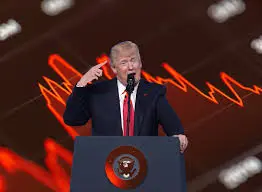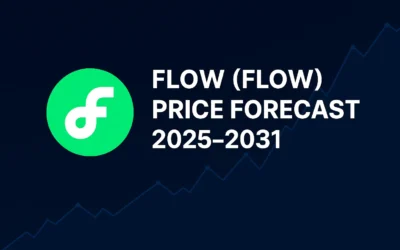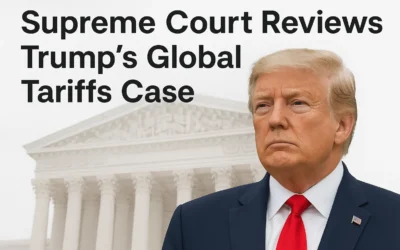President Donald Trump faced a big loss today. A U.S. federal court stopped most of his tariffs. The judges said Trump went beyond his legal power. This ruling changes his trade plans. It also affects global markets and trade talks. Let’s look at what happened, why it matters, and what might happen next.
The Court’s Decision
On May 28, 2025, the U.S. Court of International Trade made a ruling. A panel of three judges decided Trump’s tariffs broke the law. Trump had used the 1977 International Emergency Economic Powers Act (IEEPA) to set these tariffs. He called the U.S. trade deficit a national emergency. This allowed him to add a 10% tariff on imports from almost every country. He also set higher tariffs on China, Mexico, and Canada. The judges said IEEPA does not give Trump this power. They ruled that tariffs must directly address the emergency. Trump’s tariffs did not meet this standard.
The court acted on two lawsuits. One came from small businesses harmed by the tariffs. The other came from several U.S. states. Oregon Attorney General Dan Rayfield led the states’ case. He called the tariffs “unlawful, reckless, and harmful.” The court agreed and stopped the tariffs. The White House must halt tariff collection within 10 days.
Why Trump Used Tariffs
Trump started these tariffs on April 2, 2025. He called it “Liberation Day.” He wanted to fix the U.S. trade deficit, which is $1.2 trillion. Trump said tariffs would bring jobs back to America. He also aimed to pressure other countries into better trade deals. For example, he set a 25% tariff on goods from Mexico and Canada. He added a 10% tariff on imports from China. Trump claimed these countries failed to stop drug trafficking. Later, he paused most tariffs for 90 days. He also reduced tariffs on China to work on a trade deal.
Trump relied on IEEPA to act without Congress. This law lets the president control imports during emergencies. But the court said trade deficits are not a sudden crisis. The U.S. has had trade deficits for 49 years. So, Trump’s use of IEEPA was not legal.
The Impact of the Ruling
The court’s decision affects global trade. Markets reacted with cautious relief. Posts on X show that stocks rose after the news. The U.S. dollar also gained value against the Euro, Yen, and Swiss Franc. Businesses felt some relief too. The tariffs had cost companies over $34 billion in losses. Small businesses, like those who filed the lawsuit, struggled to survive.
However, uncertainty remains. The White House plans to appeal the ruling. It asked the court to delay the order. If the appeal fails, the case might go to the Supreme Court. The Justice Department warned of “national-security and economic harms” if the tariffs stay blocked. Some experts agree the ruling could weaken Trump’s trade talks. Other countries might delay deals until the legal fight ends.
What Happens Next?
The Trump team is not giving up. Senior officials downplayed the ruling. They said they feel confident the appeal will succeed. Peter Navarro, a Trump trade advisor, spoke on Bloomberg TV. He said the administration can use other laws to set tariffs. Kevin Hassett, a White House economic advisor, agreed. He told Fox News they have “three or four other ways” to impose tariffs. For example, Trump can use Section 232 of the Trade Expansion Act. This law lets him set tariffs for national security reasons. Tariffs on steel, aluminum, and cars already use this law and remain in place.
Still, the ruling limits Trump’s power. Ilya Somin, a law professor at George Mason University, helped argue the case. He said no other law gives Trump such broad tariff power. The Trade Act of 1974 allows tariffs up to 15% for 150 days. But this is far less than what Trump wanted. Some analysts think Trump might try a 1930 trade law. It allows tariffs up to 50% on countries that treat the U.S. unfairly. However, this path is untested.
A Bigger Picture
This ruling raises big questions. It challenges how much power a president should have over trade. The U.S. Constitution gives Congress the power to set tariffs. Trump bypassed Congress with IEEPA. Critics say this move ignored the law’s intent. They argue IEEPA is for sanctions, not tariffs. The court’s decision supports this view. It protects the balance of power between the president and Congress.
The ruling also shows the risks of Trump’s trade war. Tariffs raised prices for Americans. They hurt small businesses and families. Retaliatory tariffs from other countries added more costs. While Trump aims to boost U.S. jobs, many experts say tariffs often do more harm than good. This legal setback might force Trump to rethink his approach. It could also push Congress to take a stronger role in trade policy.
For the latest updates on this story, visit Bullish Stock Alerts









0 Comments